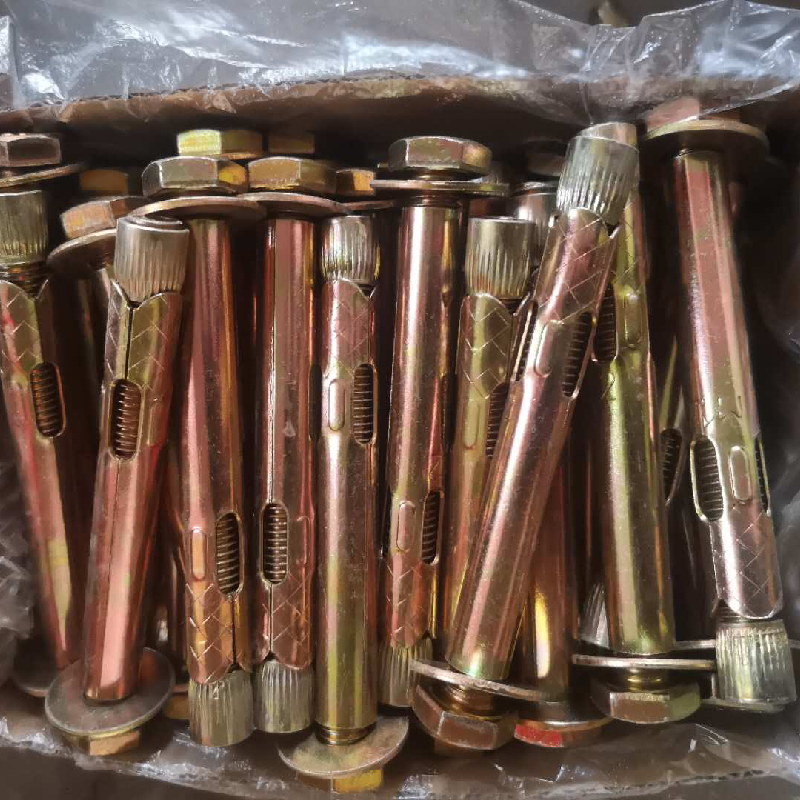Dec . 31, 2024 03:38 Back to list
High-Quality 316 Stainless Steel Washers for Reliable Performance and Durability
The Versatility of 316 Stainless Washers A Key Component in Modern Engineering
When it comes to modern engineering and manufacturing, the importance of small components like washers is often overlooked. However, these seemingly insignificant items play a crucial role in ensuring the integrity and durability of various assemblies, from household items to large industrial machines. Among the different types of washers, 316 stainless washers stand out for their unique properties, making them an essential choice in a variety of applications.
What are 316 Stainless Washers?
316 stainless washers are made from a specific type of stainless steel known as grade 316. This alloy is primarily composed of iron, carbon, and chromium, but also contains nickel and molybdenum. The addition of molybdenum is what gives 316 stainless steel its superior corrosion resistance compared to its counterpart, grade 304 stainless steel. This property is particularly advantageous in environments where exposure to saltwater or chemicals is common, such as marine applications, chemical processing, and food production industries.
Properties of 316 Stainless Washers
One of the most significant advantages of using 316 stainless washers is their exceptional corrosion resistance. This makes them ideal for use in environments that are prone to rust and degradation. The washers can withstand exposure to harsh chemicals, acidic and alkaline substances, and even saline conditions. Furthermore, 316 stainless steel has good mechanical properties, which ensures that the washers maintain their integrity under stress.
Another important characteristic of 316 stainless washers is their temperature resistance. These washers can endure a wide range of temperatures, making them suitable for both high-heat and low-temperature applications. This versatility is vital in industries like oil and gas, where equipment may be exposed to extreme conditions.
Additionally, 316 stainless washers have excellent strength and durability. They can be used in high-stress applications without compromising their shape or functionality. When used in conjunction with bolts and nuts, they help distribute the load evenly, preventing damage to the components and ensuring a stable connection.
316 stainless washers

Applications of 316 Stainless Washers
The versatility of 316 stainless washers makes them suitable for a wide array of applications. In the marine industry, they are often used in boats and ships, where durability and resistance to corrosion are paramount. They're found in fixtures, bolts, and fittings that require reliable performance over time.
In the chemical industry, 316 stainless washers are commonly used in tanks and pipes that transport corrosive substances. Their ability to resist chemical attack ensures that operations remain safe and efficient, reducing the risk of leaks and failures.
The food industry also benefits from the use of 316 stainless washers. Many food processing applications utilize these washers in equipment where hygiene and cleanliness are critical. The non-reactive nature of stainless steel means that there is minimal risk of contaminants leaching into food products.
Furthermore, 316 stainless washers are employed in the construction and automotive industries. Their strength and corrosion resistance make them suitable for use in structures and vehicles that experience significant wear and environmental exposure.
Conclusion
In summary, while 316 stainless washers may be small, they are a vital component in numerous industries and applications. Their exceptional properties, including corrosion resistance, temperature stability, and mechanical strength, make them an indispensable choice for engineers and manufacturers. As technology and industries continue to evolve, the significance of such components will only increase, ensuring that 316 stainless washers remain at the forefront of engineering solutions. Whether used in marine applications or in the food industry, these washers exemplify the importance of quality materials in achieving reliability and performance in modern engineering.


